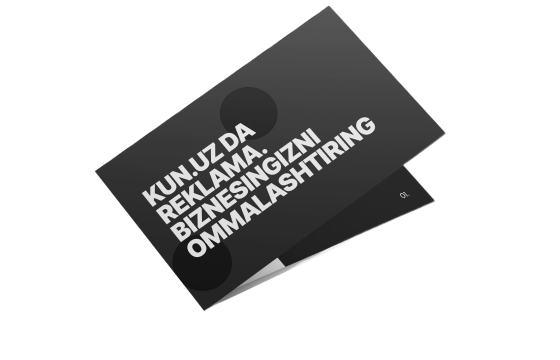Museums and tourism: The importance of digitalization
Prominent museums around the world often host international exhibitions showcasing artifacts from Uzbekistan, presenting the country's rich history, art, and culture to visitors in countries like Germany, France, and the UK. In Europe, the culture of visiting museums is well developed, with museums regarded as top tourist destinations. According to NEMO - The Network of European Museum Organizations, museums in the European Union attract over 500 million visitors annually, surpassing attendance at sports events. The strong digital presence and accessibility of information make it easy for tourists in Europe to engage with museum offerings online.
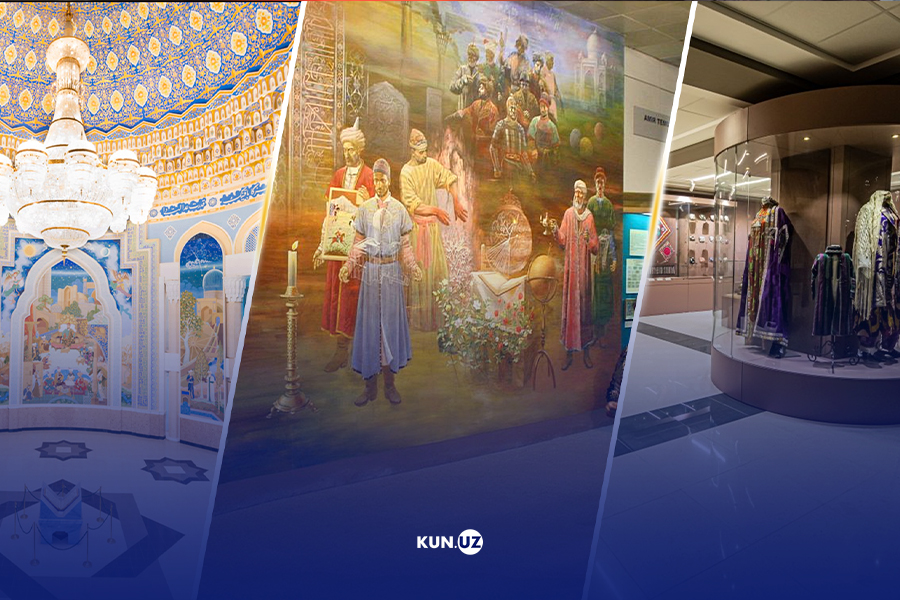
However, how does the situation compare in Uzbekistan? Museums serve as gateways to the nation's history, showcasing unique historical events, traditions, and arts. Yet, are Uzbek museums technologically equipped and attractive to both local and international guests? What challenges do they face, and is there a pressing need for digitalization?
The Current State of Museums in Uzbekistan
In an interview with Kun.uz, Charlotte Patrier, a master's student from the University of Applied Sciences in Constance, Germany, shared her insights from a recent trip to Uzbekistan. Charlotte's professor, who specializes in tourism in Central Asia, recommended conducting research in Uzbekistan as part of their course. Charlotte and two colleagues received a scholarship that funded their trip to Uzbekistan, where they conducted their research on tourism. Charlotte specifically focused on the opportunities and challenges of digitalizing museums in the country.
Patrier's findings reveal disparities in digital adoption among Uzbek museums. While some museums have embraced digital tools like websites, social media, and applications, others lack even a basic online presence, making it difficult for visitors to access information about opening hours, ticket prices, and exhibitions.
“There are a wide range of technologies that museums can use,” Charlotte noted. She emphasized that apart from using advanced technologies like AR (Augmented Reality) or VR (Virtual Reality) in the context of museums, digitalization could start with having a basic online presence through websites or social media platforms.
Potential benefits of museums' digitalization could include increasing visitor numbers and enhancing engagement through improved access to information. Charlotte noted, "Visitors can easily access details such as opening hours, ticket prices, and current exhibitions."
Recommendations
Patrier highlighted several challenges faced by Uzbek museums, including language barriers and the lack of multilingual information. During her visit to the Amir Temur Museum, she successfully used an application, which led her to suggest expanding such applications to offer content in multiple languages.
Patrier’s recommendations for Uzbek museums include:
Enhancing Digitalization: Addressing language barriers and enhancing visitor experience through digitalization.
Expanding Digital Tools: Implementing audio guides and apps that include more languages.
Utilizing Technology for 3D Reconstructions: Creating 3D reconstructions of cultural artifacts.
Improving Online Presence: Developing comprehensive websites and maintaining active social media profiles for museums.
Museums are integral to preserving a country's cultural heritage, offering enriching experiences for both locals and international visitors. Digitalization can equip these cultural sites with modern tools to enhance administrative efficiency and enrich visitor experiences, potentially increasing visitor numbers and contributing to the cultural economy. Charlotte's research in Uzbekistan, where she not only enjoyed local cuisine but also observed the spontaneous cultural dynamics, underscores the significance of her findings.
Patrier's study exemplifies the collaborative spirit and academic curiosity that drive international research, offering valuable insights and potential benefits for the digitalization of cultural sites such as museums.
Recommended
List of streets and intersections being repaired in Tashkent published
SOCIETY | 19:12 / 16.05.2024
Uzbekistan's flag flies high on Oceania's tallest volcano
SOCIETY | 17:54 / 15.05.2024
New tariffs to be introduced in Tashkent public transport
SOCIETY | 14:55 / 05.05.2023
Onix and Tracker cars withdrawn from sale
BUSINESS | 10:20 / 05.05.2023
Latest news
-
Uzbekistan’s economy grows by 6.8%, GDP tops $25 billion in Q1
BUSINESS | 19:59
-
Uzbekistan establishes diplomatic relations with Côte d’Ivoire
POLITICS | 19:55
-
Evolving U.S. policy on Afghanistan: From counterterrorism to strategic engagement
POLITICS | 19:44
-
Russia commits to ensuring rights of Uzbek migrants in a new agreement
SOCIETY | 18:10
Related News
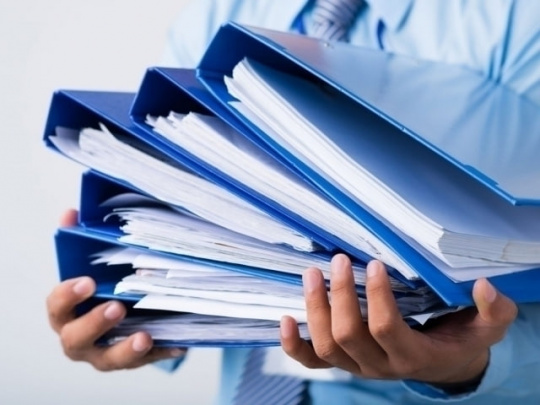
14:44
No more licenses: Travel agencies in Uzbekistan to operate under new rules
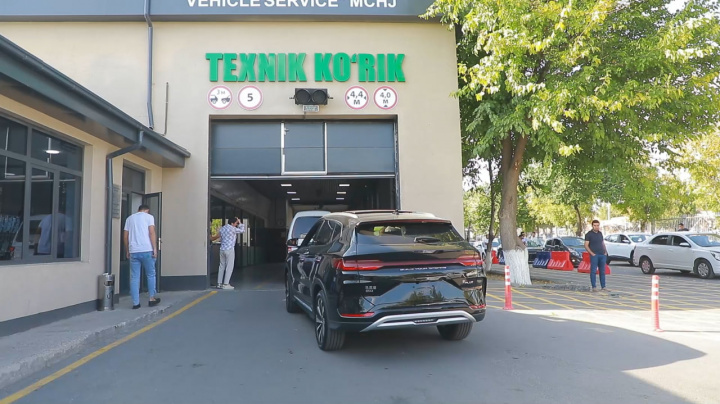
21:22 / 24.04.2025
New vehicles can now be registered online — home service also available
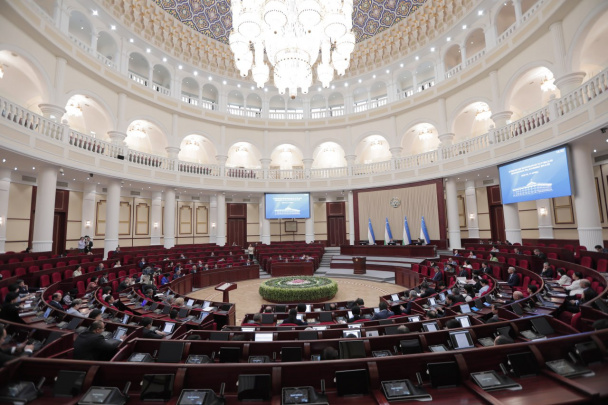
16:04 / 19.04.2025
Uzbekistan enhances healthcare system with new digital prescription and mobile app features

14:26 / 17.04.2025


